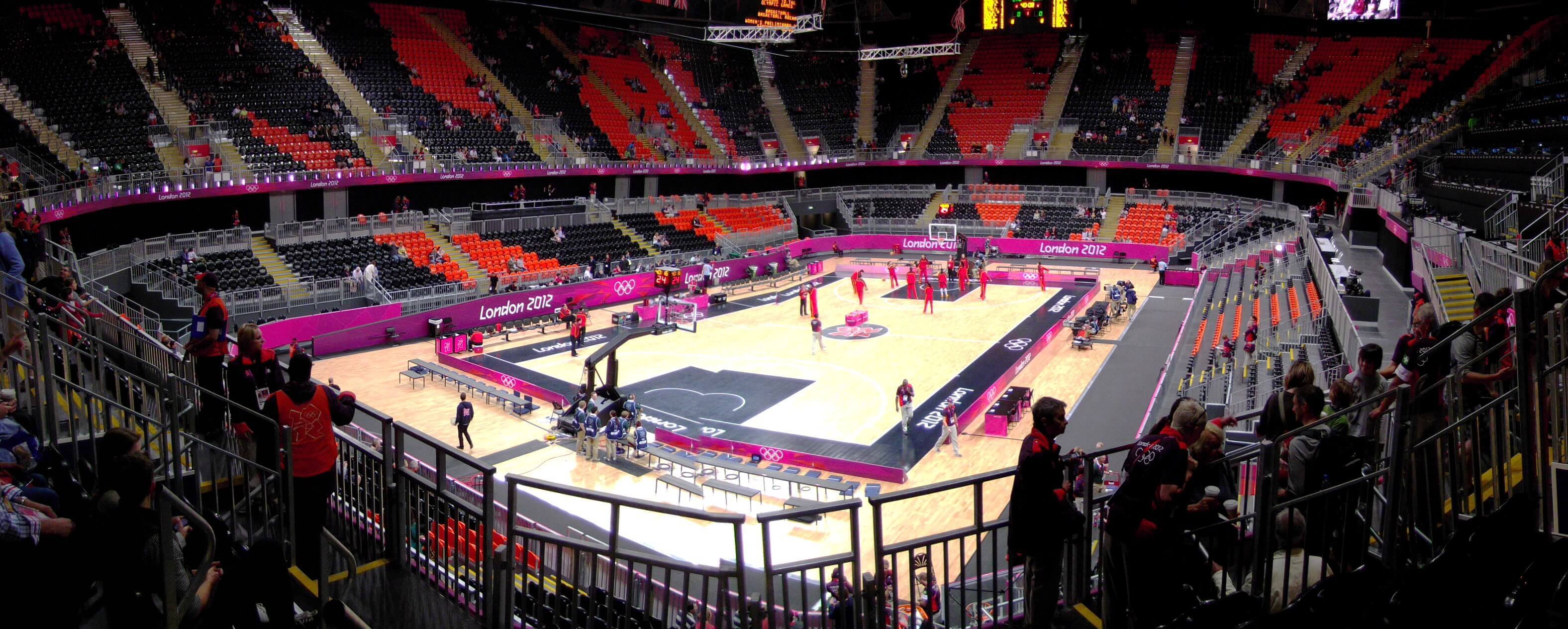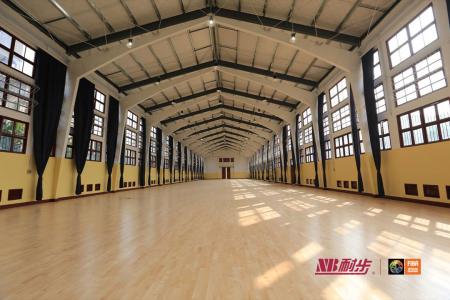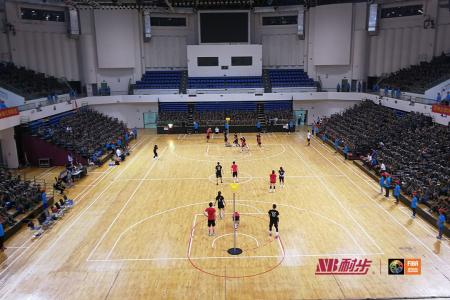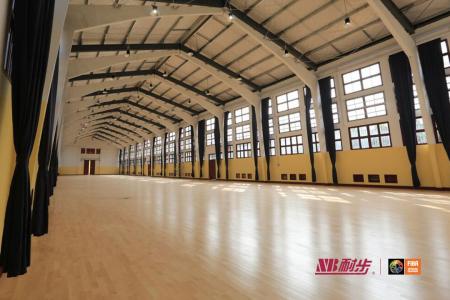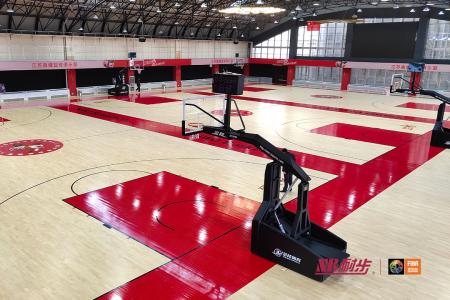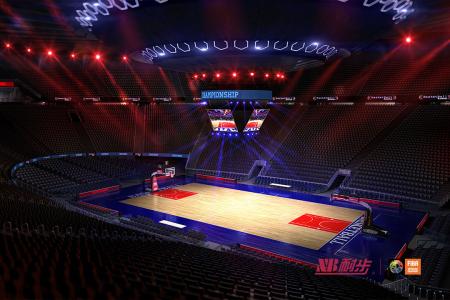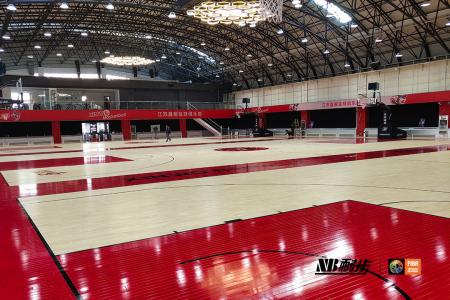Is it better for sports wood floors to be thicker?

Some friends think that the thicker the sports wood floor, the better the foot feel. On this point, flooring experts and enterprises have their own opinions. Some enterprises believe that sports wood floors have entered thick modernism, and think that sports wood floors are still thicker; while some enterprises think that the thickness of 8 mm is the best, and the height Its performance will be greatly reduced at this thickness.
Some experts believe that 8mm is the optimal thickness for the floor, once it exceeds this thickness, its physical properties will become problematic. To achieve physical properties, sports wood floors must be high-density fiberboards between 0.85 and 0.95 grams per cubic centimeter. The density of high-density fiberboard is closely related to the physical properties of the substrate, and the physical properties of the substrate will increase significantly with the increase of the density of the high-density fiberboard. Studies have shown that the physical properties of the substrate are best within the above density range. From a comfort standpoint, substrates in the above density ranges have similar elasticity, foot feel and temperature feel.
Sports wood floor structure
Controlling the density distribution level of the substrate surface is a key factor to satisfy the laying and use of sports wood floors. Controlling the uniformity of the lateral density of the substrate can ensure that the substrate has a uniform density distribution in the width direction, because from the perspective of moisture resistance, the floor surface and the backboard have different degrees of moisture contact due to different usage conditions, and the thickness of different layers has uniform density. It can make the water absorption expansion rate after being damped more consistent, and make the dimensional performance more stable.
There are also some companies that have produced sports wood floors with a thickness of more than 8 mm. The thickness of the base material used in this type of floor is generally between 9 and 12 mm. The requirements for the base material are the same as that of 8 mm. The density of the surface needs to reach about 1100kg/m3, which is higher than that of the second-highest density area of the 8 mm floor. Thick, so its elasticity and stability have been greatly improved, and the foot feel is also better.
Sports wood floors with a thickness of more than 8 mm have extremely high requirements for equipment and technical levels. Only some relatively large enterprises producing sports wood floors can meet the relevant standards. Therefore, what we need to recognize when purchasing laminate flooring is that the determinant of quality is not thickness, but the key depends on the material, strength and craftsmanship of the manufacturer.

